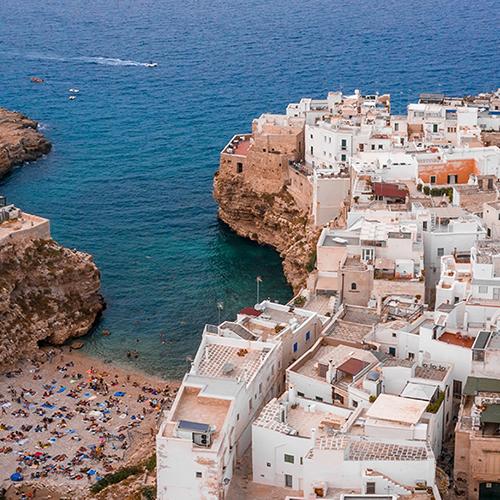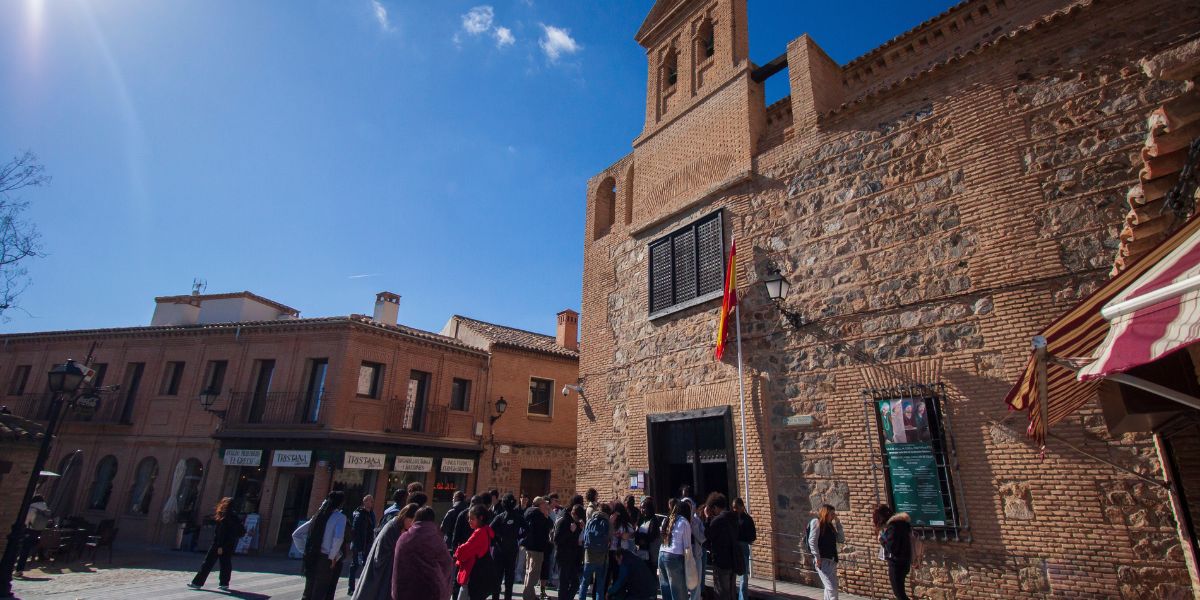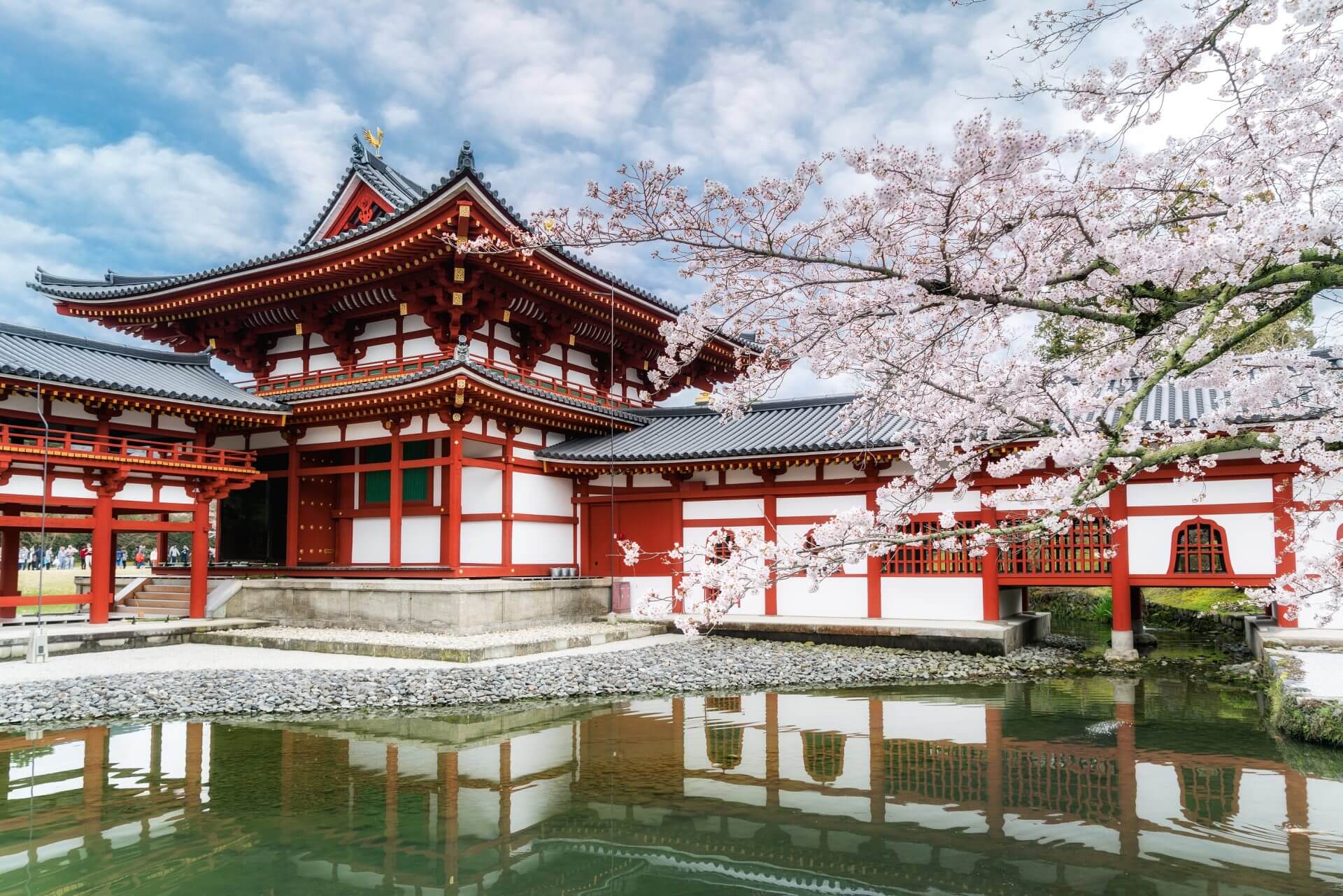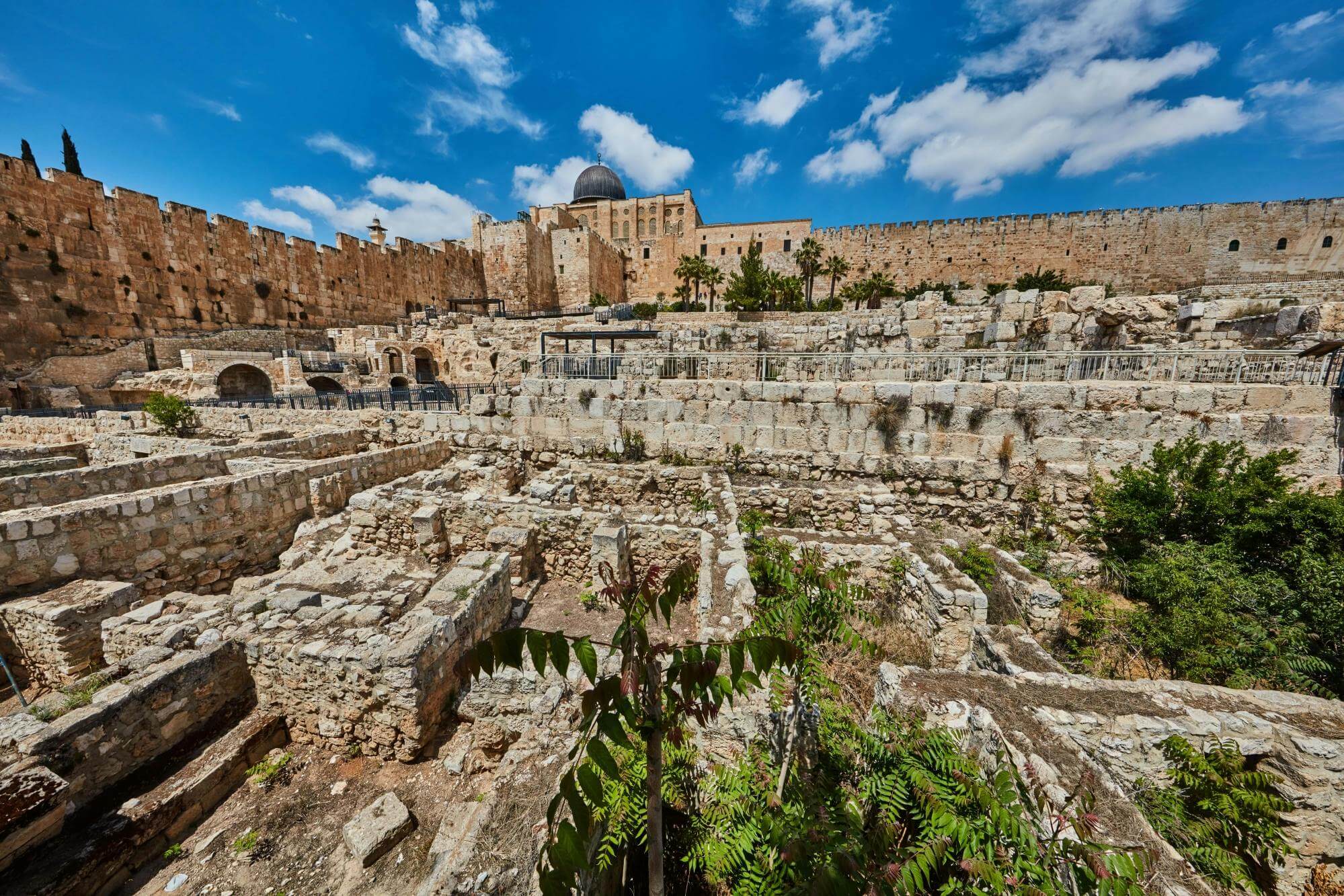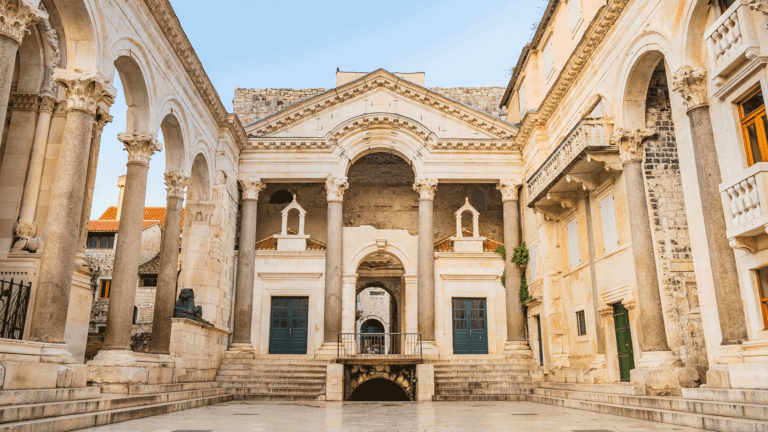Brief Introduction to the Christian Quarter

Through its long history, Jerusalem brings together three of the great monotheistic religions: Christianity, Judaism and Islam. Through archaeological discoveries, experts estimate from the first foundations of Jerusalem that the city dates back to the third millennium before Christ, meaning that the ancient city is well over five thousand years old. Jerusalem always impresses visitors with its natural beauty and the well-preserved historic monuments built of white stone.
The city is categorized in two parts – the Old City and the New City. The Old City is further comprised of 4 quarters – the Armenian Quarter, the Muslim Quarter, beyond the Wailing Wall is the Jewish Quarter and to the Northwest, around Church of the Holy Sepulchre is the Christian Quarter which alone as about 40 religious sites. A brief exploration of the Christian Quarter can take at least one full day, so budget your time if you have a time constraint, because you’d want to spend some time and explore each quarter; there is so much history everywhere!
The walls bordering the Christian Quarter are almost entirely built by Sultan Suleiman the Magnificent when the Ottoman Empire was at its military power peak. The streets are narrow and winding, bustling with pilgrims and tourists from all over the world who come to visit these sacred sites and significant monuments of the Old and New Testament, one of these being the Church of the Holy Sepulchre.
There are many religious sites to discover in the Christian Quarter, such as the Via Dolorosa, but the Church of the Holy Sepulchre is arguably one of the most important Christian sites in Jerusalem. The Church has a long history and dates back to the days of the Crusaders. Its importance in Christianity is due to its biblical significance. The Rock of Golgotha stands to the west of the Holy Sepulchre and is the site of Jesus’s crucifixion. The Church marks the site where Jesus was buried and resurrected.
The Church of the Holy Sepulchre includes many places of worship that would be very intriguing to pilgrims who seek a rewarding, enlightening, and historical journey in Jerusalem. In addition to the Church of the Holy Sepulchre, some other points of interest for pilgrims include stone anointing, the Golgotha place of women, Grave of the Savior, Joseph’s Tomb, Wailing Chapel, Wedding Chapel, Chapel of Adam, among many other historical sites.

